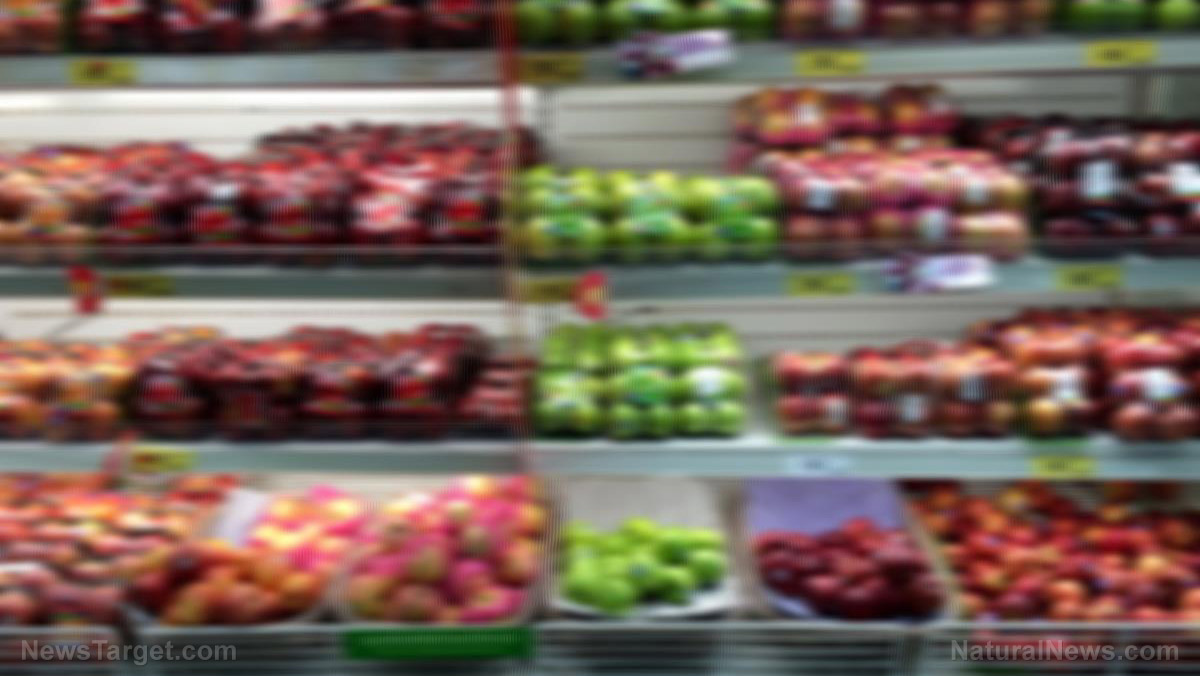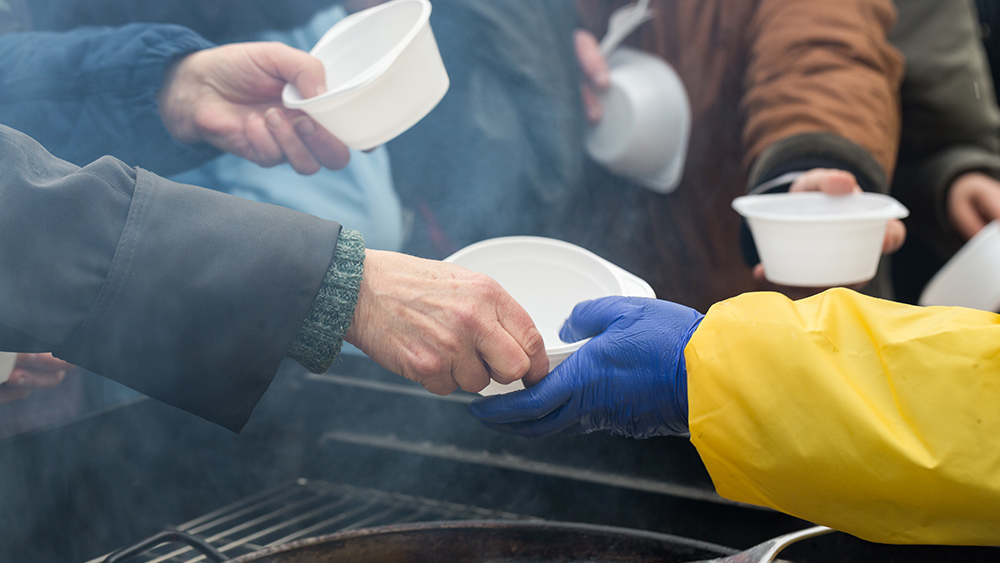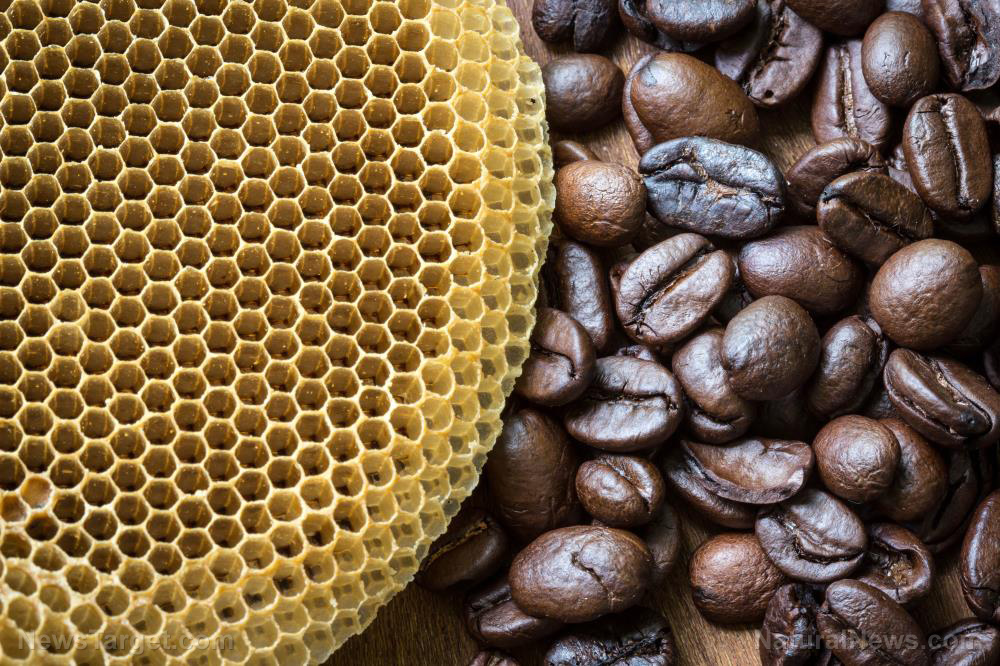Surging food prices force restaurants to increase cost of menu items
06/24/2021 / By Arsenio Toledo

Food prices are surging in grocery stores and restaurants, hitting small businesses very hard.
“They haven’t gone up. They’ve almost doubled,” said Nick Rando, owner of an Italian restaurant in Natick, Massachusetts. Rando said that in January, red meat and steak cost him $7.35 a pound. “Last week, it was $13.20 a pound.”
People in Massachusetts have been complaining about the rising costs of other food products like produce, meat and prepared foods. But this phenomenon isn’t just happening in one state. According to the National Bureau of Labor Statistics, the price of cereal and bakery items have risen by five percent. Fruit and vegetable prices have risen by one percent and dairy products are up by 0.6 percent.
Restaurant owners like Rando buy their products in bulk, and they can see the rising costs when everything is added up. “You see it at the register, but when you’re buying like 300 pounds a week and all, then it starts to hurt,” said Rando. (Related: Food prices skyrocketing on soaring agriculture futures as prices for lumber, gas and other commodities climb amid lingering pandemic.)
Restaurants forced to raise prices to remain profitable
To avoid operating at a loss, Rando has had to raise the prices on his restaurant’s menu. This is something that’s happening at restaurants all over the country.
Chipotle Mexican Grill recently raised its prices by as much as four percent across the menu to help offset rising food and labor costs. The restaurant chain recently hiked the hourly pay for its workers up to $15 an hour.
“There are some inflation pressures that we’re all feeling, the whole industry is feeling, even outside our industry is feeling – right now it’s labor,” said Chipotle Chief Financial Officer Jack Hartung. “If you lose the staffing game in this business, it’s not going to end well.”
Other nationwide restaurant chains have also shown their willingness to increase menu prices. McDonald’s CEO Chris Kempczinski said he was willing to cover the rise in labor costs with “judicious pricing on the menu.” McDonald’s recently raised hourly wages at company-owned stores by 10 percent.
Other restaurant chains like KFC and Wendy’s are rolling back their discounted combo and value meal options. Instead, these chains are promoting their costlier menu items to boost sales and offset the increasing cost of food and labor.
“We have seen prices that we’ve never seen before,” said Jim Tselikis, the co-owner of seafood restaurant chain Cousins Maine Lobster.
“We’re just seeing this continuing ramp-up of demand on the lobster system,” said Annie Tselikis, Jim’s sister and the other co-owner.
Rise in food prices reflect global breakdown of supply chains
Food prices in the U.S. are rising in tandem with a broader inflation trend. Labor, vehicle and fuel costs have all risen. This has affected the price of consumer goods.
In May, consumer prices in America hit their highest level in 13 years after they rose five percent from the previous year.
“We are in a period of unprecedented commodity inflation,” said Unilever CEO Alan Jope.
Global supply chains have also been breaking down. Severe drought, shipping delays, the aforementioned labor shortage and other issues have made food and other key commodity items more difficult to obtain.
The drought in countries like Brazil and Argentina has driven up the prices of food products like soybeans, corn and coffee. The shipping delays have been caused mostly by a global shortage of shipping containers. This shortage has made it more difficult to transport goods, causing delays. These delays have made transportation costs surge, which in turn has affected virtually every commodity in the U.S.
As restaurants continue to hike their prices, experts believe the prices will only begin evening out when the problems plaguing the supply chain disappear. But no one knows how long the crisis will last.
Learn more about the breakdown of global supply chains and how this is causing the rapid inflation of food prices by reading the latest articles at Collapse.news.
Sources include:
Tagged Under: chaos, Collapse, commodities, economy, food prices, Inflation, labor shortage, price increase, restaurants, shortage, supply chain breakdown, supply chain collapse, supply chains
RECENT NEWS & ARTICLES
COPYRIGHT © 2017 FOOD COLLAPSE





















